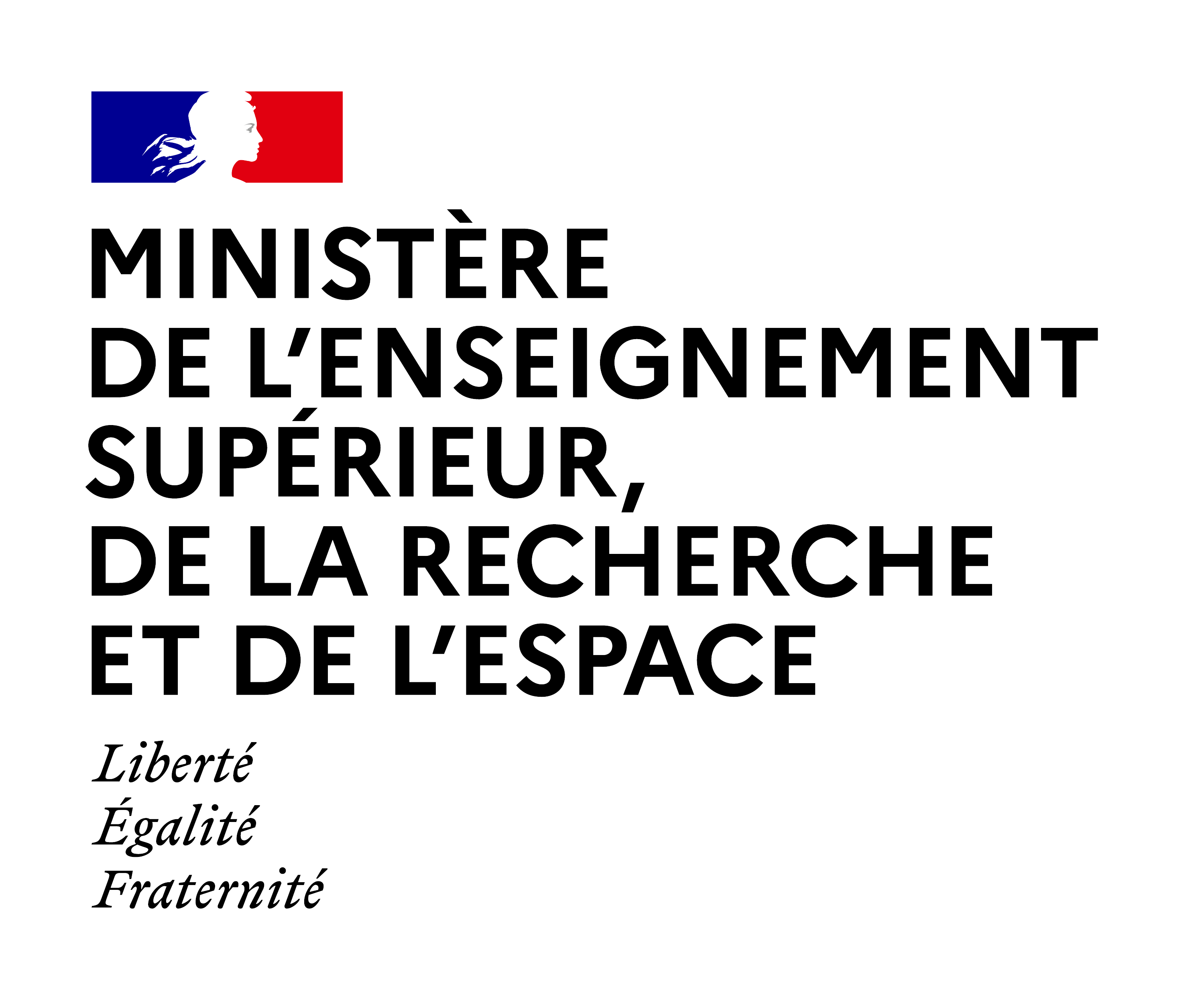Expected Outcome:
This topic aims at supporting activities that are enabling or contributing to one or several expected impacts of destination 6 “Maintaining an innovative, sustainable and globally competitive health industry”. To that end, proposals under this topic should aim to deliver results that are directed, tailored towards and contributing to all of the following expected outcomes:
- European regulators gain state-of-the-art knowledge on different NAMs that are being proposed for the assessment of the safety and efficacy of chemicals and pharmaceuticals;
- European regulators understand better the shortcomings of the current tools based on animal procedures for the assessment of chemicals and pharmaceuticals;
- European regulators collaborate on a framework on how to assess the safety of chemicals based on NAM-data and how to classify the hazardous properties based on such data;
- European regulators collaborate on a similar framework for assessment of safety and efficacy of pharmaceuticals based on NAM-data;
- Citizens benefit from the supply and use of chemicals and pharmaceuticals that have been assessed through NAMs that are better predicting potential effects in humans than the current assessment methods;
- Industry has an improved competitive position with the availability of harmonised and standardised NAM-based assessment tools that are faster and more flexible;
- European Commission and Member States regulators are responding to the societal demand to move away from animal testing.
Scope:
There is increasing scientific evidence pointing to the limitations of animal testing for safety and efficacy assessment of chemicals and pharmaceuticals. Europe is also experiencing a strong societal demand to move away from animal testing. Scientific progress of the past two decades has produced a number of animal-free New Approach Methodologies (NAMs) that have the potential to be used instead of the animal models that are currently employed for such testing. However, knowledge, experience and confidence on how results from the NAM assays could be used is still lacking among regulators, which could limit the industry’s use of NAMs because of lack of legal certainty when generating safety and health data requested by EU legislation.
The proposals should focus on alternatives to the use of animals for regulatory safety and efficacy testing. Applicants should propose activities that bring together NAM developers and NAM users with European regulators responsible for the safe use of chemicals (e.g. industrial chemicals, pesticides, biocides and cosmetics) and pharmaceuticals in order to inform on NAM solutions available and to encourage the building of a framework on how these NAMs could be most effectively used in the different decision-making contexts. For NAMs applicable to chemical risk assessment, collaboration with existing initiatives such as the Partnership for the Assessment of Risks from Chemicals (PARC) and the ASPIS cluster of projects (Animal-free Safety Assessment of chemicals: Project cluster for Implementation of novel Strategies) is encouraged.
To build such a framework the proposals should address all of the following:
- develop technical and regulatory readiness criteria
- reflect on how to provide mechanisms to support technology transfer, i.e. bringing promising NAMs to the market (including optimisation and transferability assessment)
- discuss how to standardise NAMs and NAM-based strategies via OECD, CEN, ISO, ICH, VICH and other international organisations, as applicable
- provide technical training for Contract Research Organisations (CROs) applying NAMs for regulatory purposes
- promote dialogue (involving companies, regulatory bodies on EU level, including ECHA, EMA and EFSA and Member States authorities) on how to integrate and interpret data from NAMs and facilitate their uptake for safety and efficacy testing of chemicals (including pesticides) and pharmaceuticals, while addressing the lack of reliability and shortcomings of the current tools based on animal procedures
- identify obstacles in EU legislation for the regulatory use of NAMs and propose options/changes in the EU regulatory framework which address these obstacles and facilitate the uptake and use of NAMs
Proposals should consider involving the JRC to take advantage of its expertise and relevant activities in bridging research and regulatory communities and facilitating uptake of NAMs for regulatory application. In that respect, the JRC is open to collaborate with any successful proposal after its approval.





